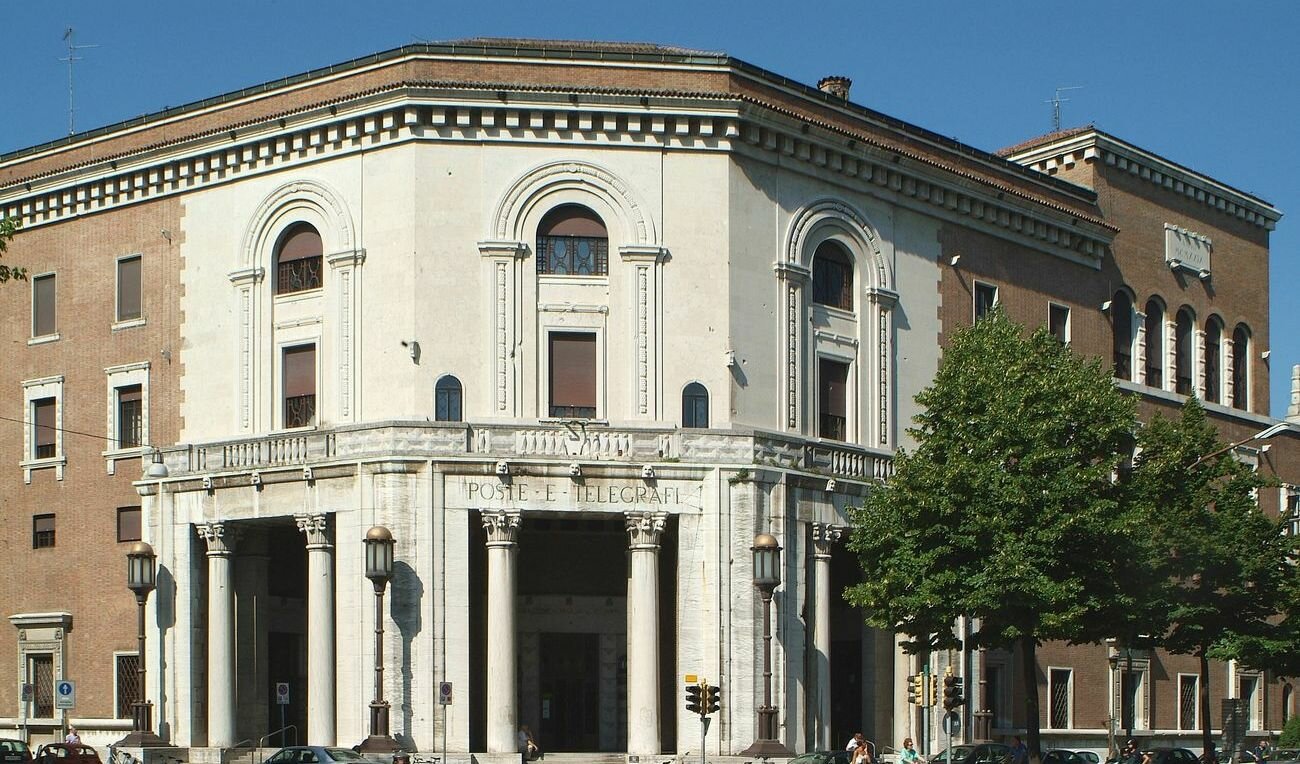FERRARA CITY OF THE 20TH CENTURY
Ferrara is much more than an enchanting medieval city: among its streets there are important testimonies of different historical periods. Especially important is the 20th century, a century that marked a clear break between the modern and contemporary world. During the last century, noteworthy situations and personalities passed through Ferrara, unique artists, intellectuals, politicians; figures who were inextricably linked to the city and its history contributed to the city and left their mark.
This itinerary is designed for those who wish to discover the city's history, approaching a Ferrarese history that is probably less known, but no less relevant!

